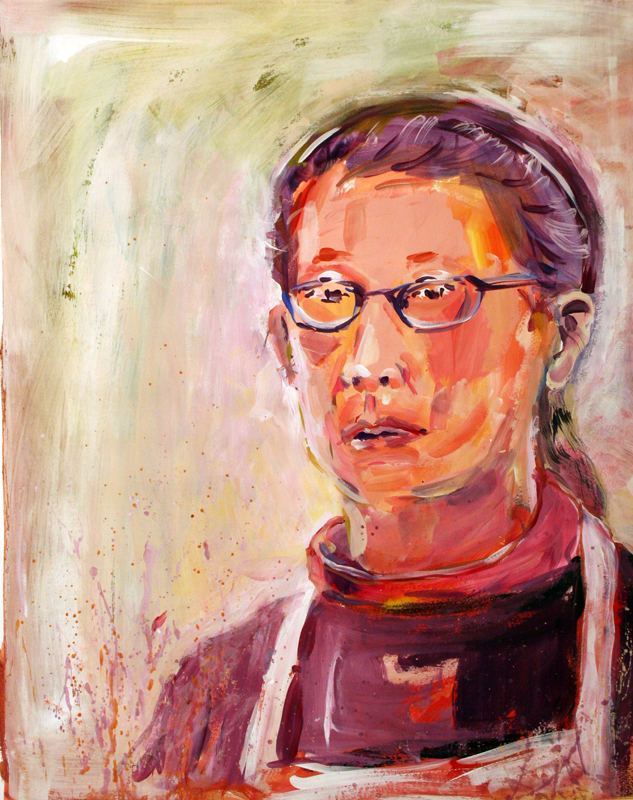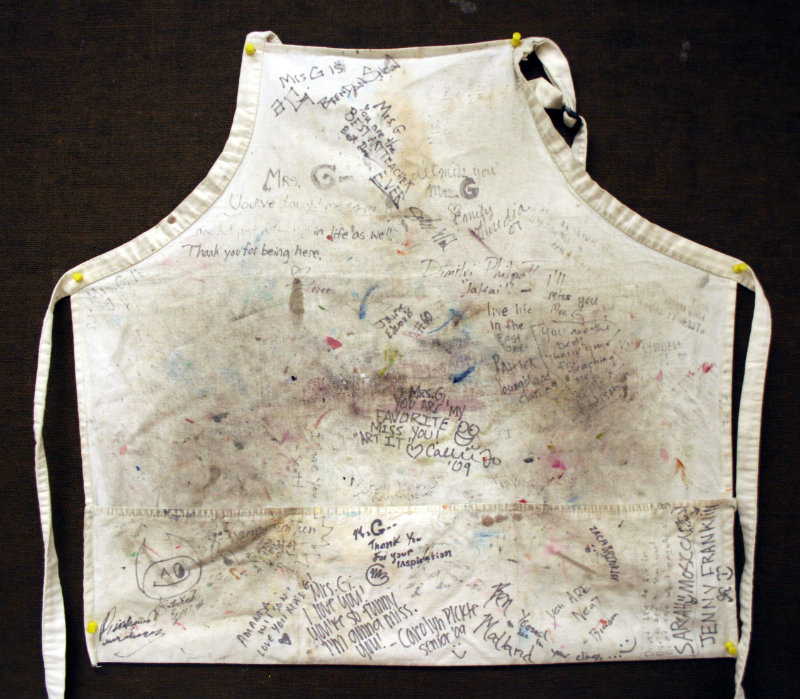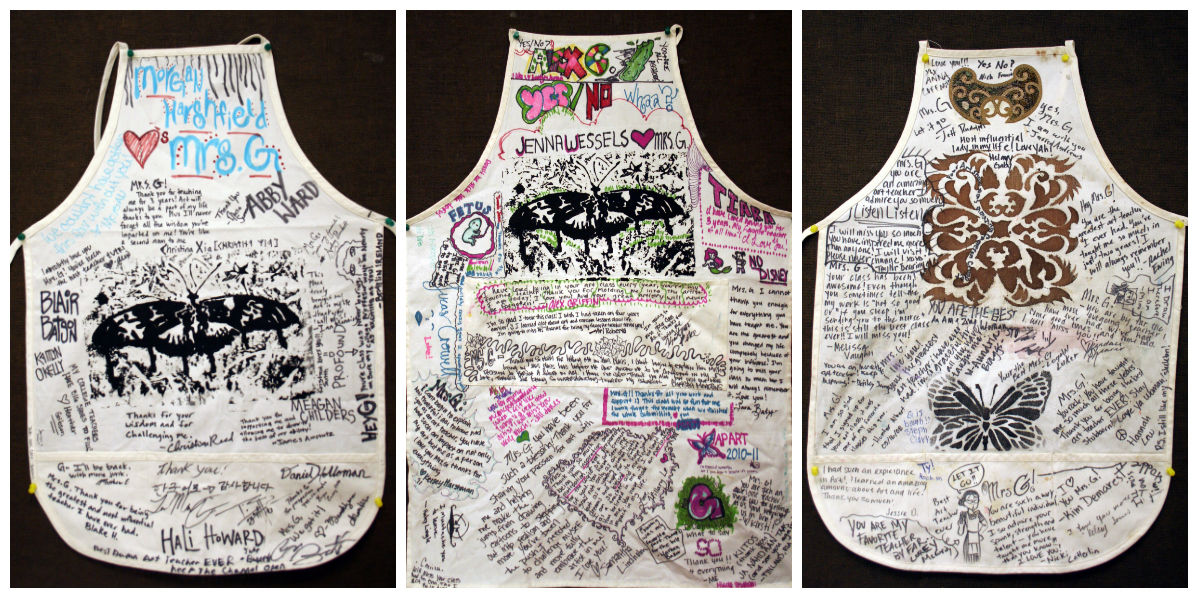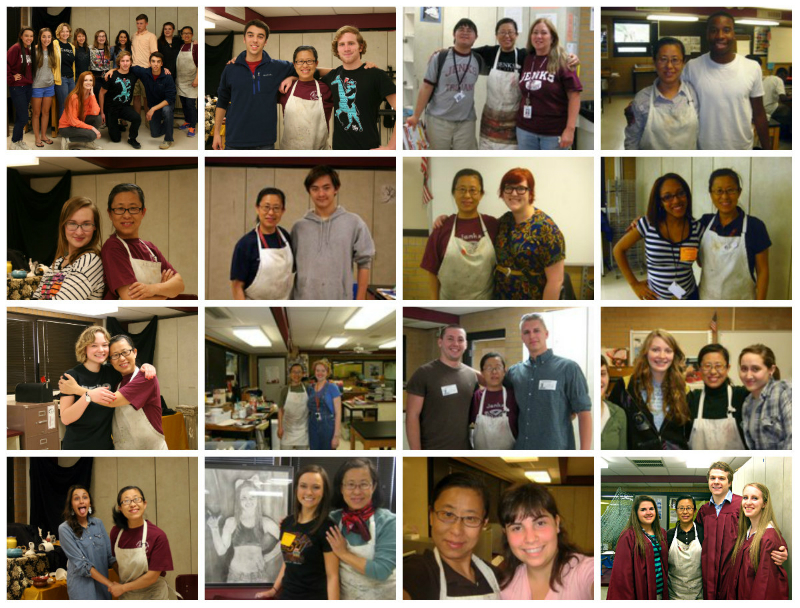 I have always admired people who wear uniforms. I grew up in an era that was governed by martial law and “Dead Communists” was a real ideology. In my high school, girls had to wear army khaki uniforms once a week and practiced target shooting every month. I hated the tight army skirt and the bruise on my shoulder after shooting. I would have rather joined the Police Academy after graduating from high school in Taiwan had I had better eye sight.
I have always admired people who wear uniforms. I grew up in an era that was governed by martial law and “Dead Communists” was a real ideology. In my high school, girls had to wear army khaki uniforms once a week and practiced target shooting every month. I hated the tight army skirt and the bruise on my shoulder after shooting. I would have rather joined the Police Academy after graduating from high school in Taiwan had I had better eye sight.
One of my childhood friends had gone to an all girls catholic school, even teachers had to wear uniforms. Another of my childhood friend went to a girl-has-wear-skirt private school, but ended up quitting school. Of course, my refuse-to- wear-skirt friend later became a very famous rock-n-roll signer on the island. I also adored the uniform of nuns and priests regardless of my mix feeling about their teaching roles. In college, I had known a Buddhist nun from Hong Kong. She had no problem studying male and female nudes in class with us. Her airy grey robe on her small body reminded me of the Taiwanese Buddhist nun, Cheng Yen, a woman often referred to as the “Mother Teresa of Asia”.
Cheng Yen’s Tzu Chi Foundation is an international humanitarian organization that conducts its mission via an international network of volunteers. They are easily recognized by the blue and white uniforms they wear. Tzu Chi relief workers have been called “blue angels”. I have seen these “blue angels” on TV recently, providing comfort for the families of the passengers from Malaysia Flight MH 370.
As a teaching artist, I have my uniform, providing my service to the public, to my students, to the future. I have worn an apron in classroom for the past 14 years. Every year, I let seniors sign my apron. It was a proud moment, anticipated by both teacher and students. I stop doing this classroom ritual three years ago. The time frame coincides with the use of smart phone in class among students. After all, wait for your turn to put your name on an apron provided minimal excitement compared to instant gratification of sending messages and pictures o a cell phone. I have also realized a shift interest among the teachers and students, which makes a smart phone the new uniform!
In a Time magazine article “Tales Wrapped in Aprons,” Mimi Harrison wrote, “There’s nothing like an apron to evoke domesticity. Like a treasured baby blanket, it is rich with sentiment and associations. Store-bought or homemade, flower print or flour sack, an apron does double duty as protection and decoration. An old apron’s faded pattern seems a memory of itself. It’s soft, well-washed, fabric feels as soothing as a bowl of hot soup. Yet, an apron also may represent a woman kept in her place…”
I love my humble aprons and all the time I have spent teaching, with my students, and making art. With a nod to public service, my apron has also kept me in my place,



